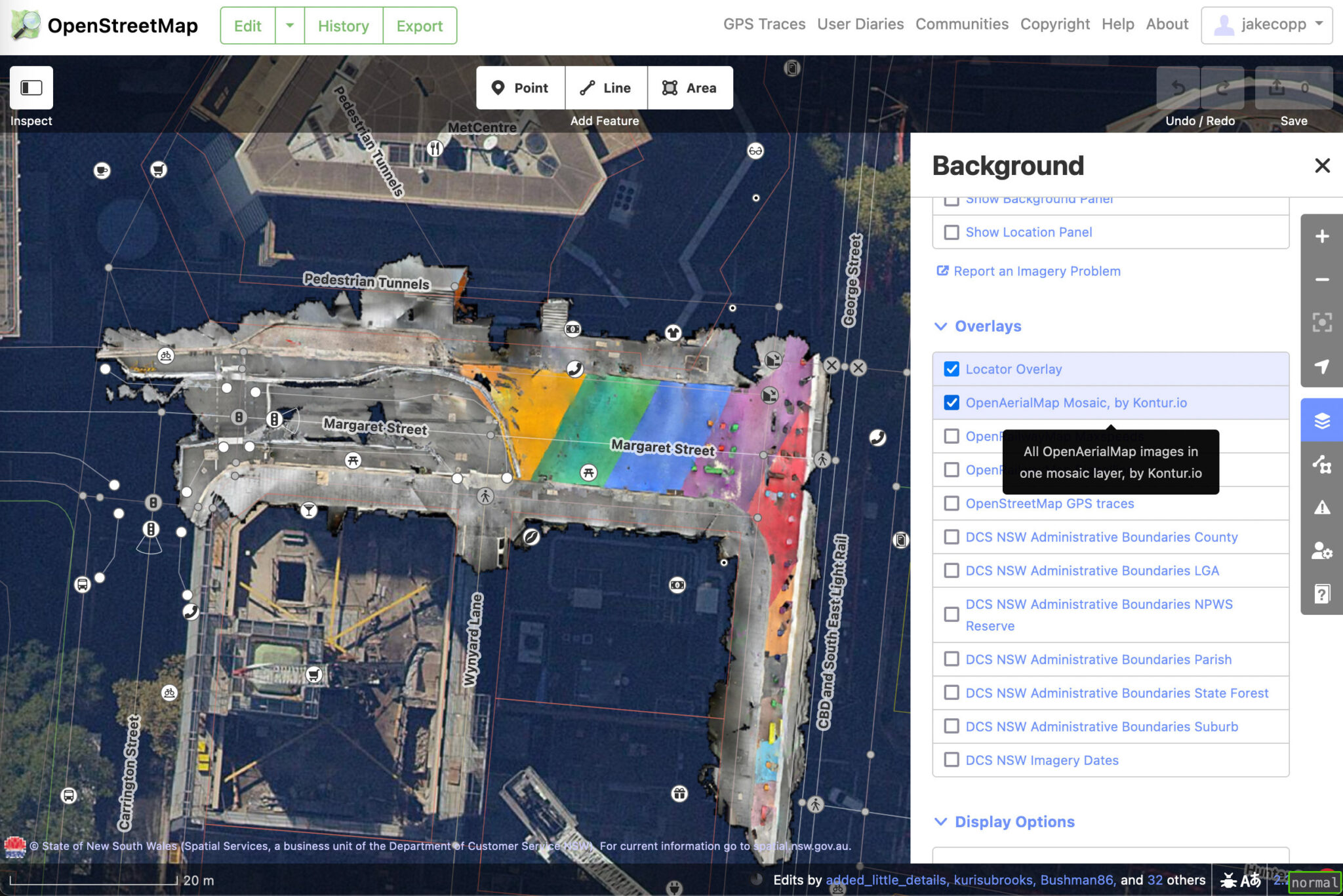What’s the problem (Bottom Line Up Front (BLUF))?
See my original post, here: https://community.openstreetmap.org/t/lidar-mapping-of-roads/97100/14
Hi, everybody!
Motivated by the state of roads in the UK, I’m wondering if anyone is aware of any Open Source/ crowdsourced efforts to assess the condition of surfaces, and then to map them?
I’m aware of lower cost LIDAR equipment, and I believe that some Apple phones have a LIDAR capability.
I’m thinking of something like Mapillary/ Kartaview. Sensor imagery could be gathered, and then scored appropriately, so severity could be seen. I’m thinking that a 100mm pothole on an unclassified and little used road/ lane, would potentially be of less interest/ lower priority than a 50mm pothole on a major motorway/ autobahn/ freeway.
Obviously, potholes are just one example, other immediate possibilities are subsidence, wear and tear, accident damage.
I’d be keen to hear any thoughts/ feedback. Please add to this page, if you can.
Many thanks, Chris chris_debian UK
What can we do about this?
Road damages create comfort-, environmental- and security problems. Existing measurement technologies are very expensive and can only be used rarely. With smartphones you can measure often or in remote areas.
Regarding ‘mapping potholes’, I expect this to be a layer applied to OSM, not data contained within OSM. It will be open source information, for people that can use it. My thinking being that OSM isn’t a repository for other data, but it can help us gather data, and we may be able to give back to OSM.
What has already been done, by whom?
SmartRoadSense info@smartroadsense.it (seems to be broken), github and APK
- “Open Data” under the Open Data Commons Open Database License (OdbL)
- Map= https://smartroadsense.it/data/map/
- Privacy= https://smartroadsense.it/data/privacy/







